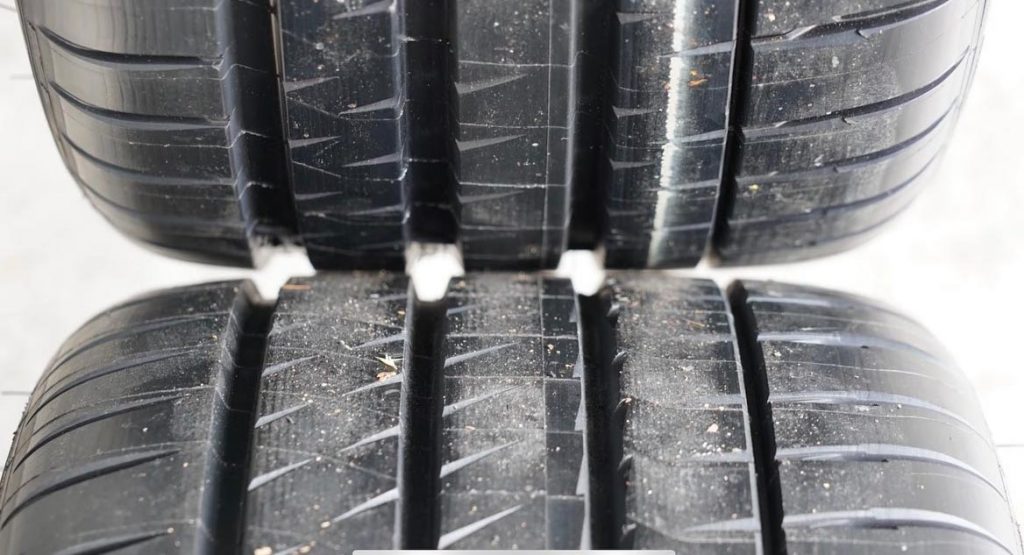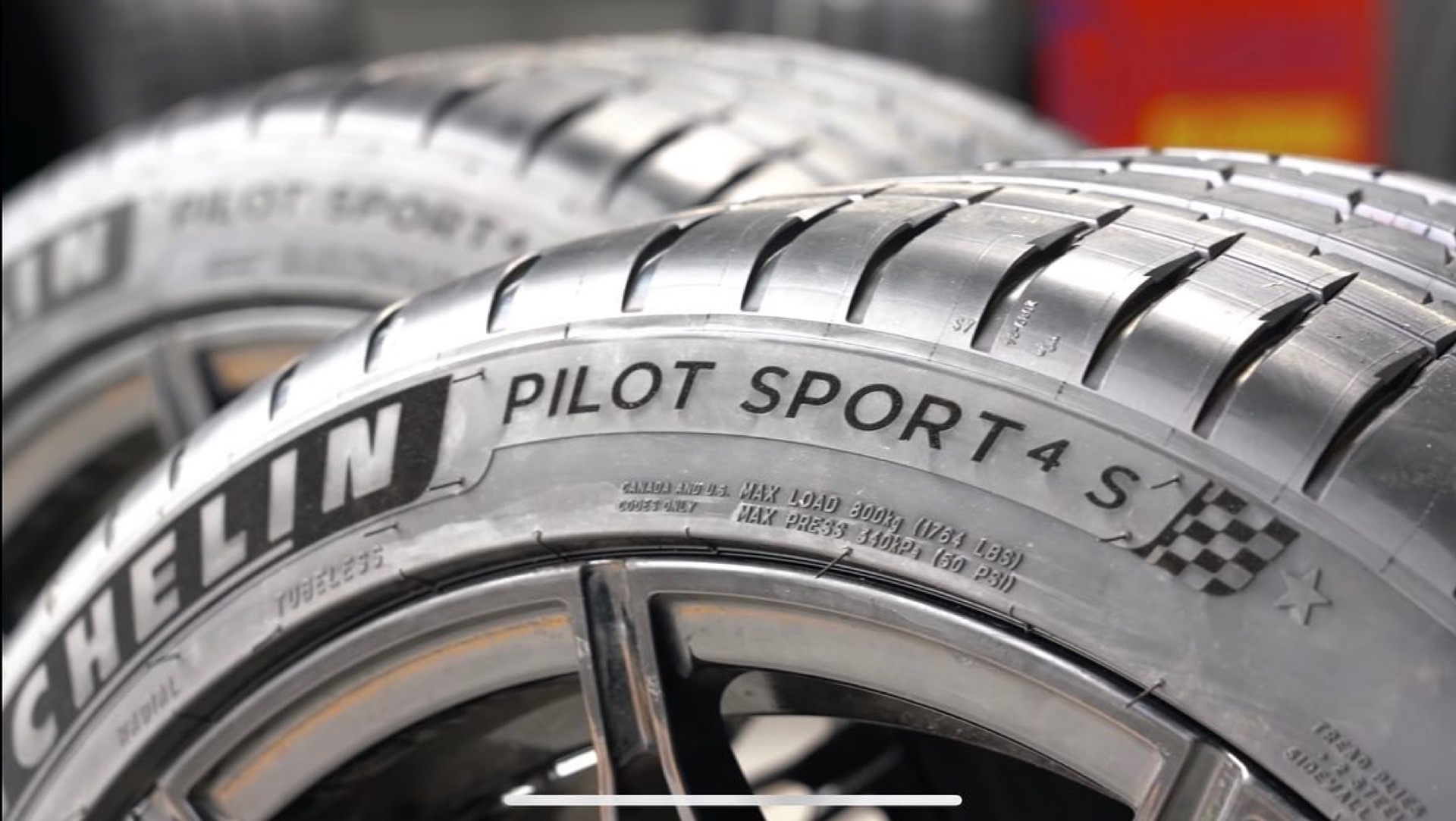When developing a top-tier performance car, manufacturers often have a hand in creating the kind of rubber that it wears. After all, the tires are the only contact points with the road and can make an immense difference to handling and braking characteristics.
The thing is, we often forget the kind of effort that goes into this process. Original equipment performance tires are typically expensive, and many owners who come to replace them will either opt for the same design in “aftermarket” spec, or go with whatever else is available — that’s assuming the wheels are kept to the factory sizes too. But are such OE tires just the same name products with a higher price tag, or are there discernible qualities that make them stand out?
To find out, Jonathan Benson from Tyre Reviews headed out to the Michelin facility in France. The chosen test mule was a brand-new BMW M3. The G80 M3 features Michelin’s Pilot Sport 4S*, a BMW-approved evolution of the aftermarket Pilot Sport 4S, which is currently available only in the G80 M3’s wheel size (275/35 R19 front and 285/30 R20 rear).
See: Someone’s Already Put New Wheels On The 2021 BMW M4 Competition
One of the key differences between the two tires lies in their construction and compounds. The aftermarket Pilot Sport 4S consists of two compounds meant to work harmoniously to produce an even ultra-high performance street experience. The OE tire developed to BMW’s specs, on the other hand, has four compounds to perform just the way the automaker envisioned the M3 should. The changes get as specific as different belt tension, as well as changes to the positioning of the grooves.
In total, BMW and Michelin took two and a half years of careful planning and development to produce the tire, with the German automaker testing 30 different prototypes at five different tracks (including the Nürburgring) before finally settling on a design that would work.
On track, Benson mentions that the aftermarket 4S feels just like a regular 4S would. He highlights how it’s a great tire in itself, winning multiple shoot-out tests in the past. However, he notes the slight delay between the axles and a little bit of understeer when fitted to the power-heavy M3.
The differences on the M3’s OE 4S tires are immediately noticeable. Steering response and control are sharper, eliminating whatever understeer was present with the aftermarket tires. It gives the car an extra element of predictability and lends a sense of confidence and control behind the wheel. Dry handling lap times confirmed the difference the OE tires make. The M3 completed all laps within the 70-second region — some two seconds faster than the aftermarket Pilot Sport 4S.
Read: Ranked: The Best And Worst Performance Tires
Although BMW optimized the Pilot Sport 4S’s performance for dry weather, both the OE and aftermarket versions perform well in wet conditions. However, the aftermarket tire had the edge when it came to lap time, which was expected, as Benson points out that it has been designed to be a good all-rounder.
The reviewer is left wishing that the next Pilot Sport tire from Michelin would take on the characteristics of the BMW OE 4S. More than just being about lap times, the control, grip, and predictability are aspects that make it a standout option.
Of course, this test shows an example of the latest tires. In a note in the comments, Tyre Reviews point out that if your car is older, the OE tire is likely not as good as the latest aftermarket options, such is the march of technology. However, if you’re the owner of a modern performance car who’s thinking of throwing on some aftermarket rubber, this video may make you think twice.






